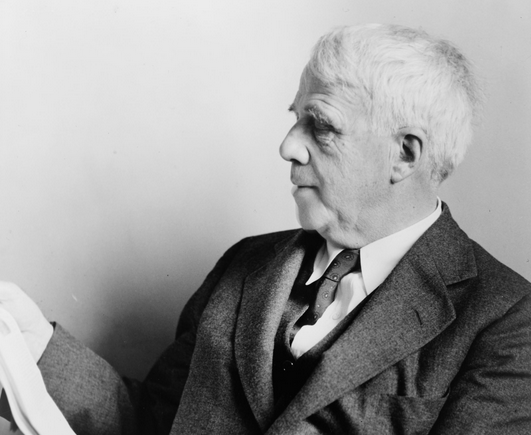Opinions on what we generally mean by the phrase “political correctness” vary widely. Does it refer to the ways we try to maintain basic politeness and common decency in what we like to think of as a pluralistic, egalitarian society? Or is it a form of Orwellian, state-sponsored mind control that squashes dissent and banishes unpopular ideas from public discourse? On the one hand, stories of unacceptably abusive behavior in workplaces, classrooms, and government buildings abound, seeming to require placing reasonable limits on speech. On the other hand, extreme examples of rampant “trigger warnings” and other such qualifiers—on college literature syllabi, for example—can seem hypersensitive, patronizing, and silly at best.
In the Big Think video above, Marxist theorist, cultural critic, and professional provocateur Slavoj Žižek approaches the term as a kind of enforced niceness that obscures oppressive power relationships. He begins with an example, of a so-called “postmodern, non-authoritarian father,” who uses a subtle form of emotional coercion, playing on feelings of guilt, to enforce love and respect for a grandparent. This model, says Žižek, is “paradigmatic” of “modern totalitarianism”:
This is why the formula of modern totalitarianism is not “I don’t care what you think, just do it.” This is traditional authoritarianism. The totalitarian formula is, “I know better than you what you really want.”
“In this sense,” says Žižek, “I am horrified by this new culture of experts.” In his typically animated style, he leaps from case to case—the banning of public e‑cigarette smoking, for example—to show how concerns about public health or racism give way to meaningless, culturally stultifying moralizing. His point that political correctness can be a humorless “self-discipline” is persuasive. Whether his examples of “progressive racism”—or the social release valve of obscene or racist jokes—translate to an American context is debatable. (Trigger warning: Žižek drops a couple n‑words).
Does the uncouth Žižek get a pass because he disavows personal prejudice, even as he makes light of it? Is there really a “great art” to the racist joke that can bring people closer together? Do we need a “tiny exchange of friendly obscenities” to establish “real contact” with other people? I for one wouldn’t want to live in a society without obscene humor and honest, open conversation. But whether all forms of political correctness— whatever it is—are “modern totalitarianism,” I leave to you to decide. It does seem to me that if we can’t have political debates without fear and shame then we really have lost some measure of freedom; but if we’re unable to debate with good will and sensitivity, then we’ve lost some important measure of our humanity.
Related Content:
Slavoj Žižek: What Fullfils You Creatively Isn’t What Makes You Happy
Slavoj Žižek on the Feel-Good Ideology of Starbucks
Slavoj Žižek’s Pervert’s Guide to Ideology Decodes The Dark Knight and They Live
Josh Jones is a writer and musician based in Durham, NC. Follow him at @jdmagness


